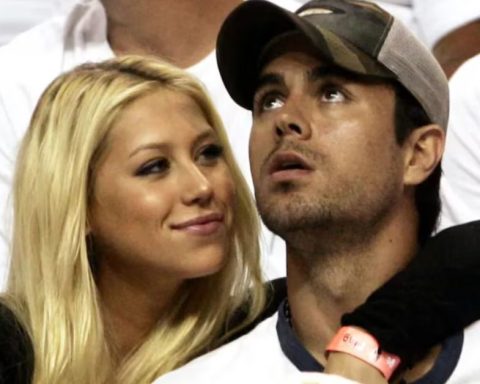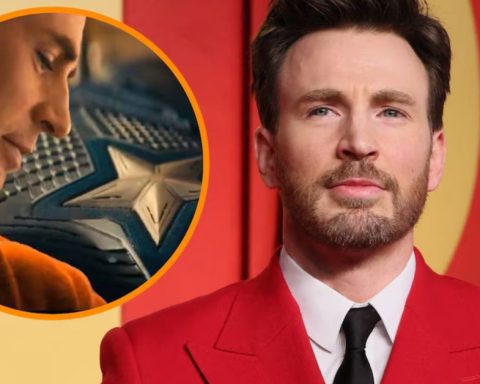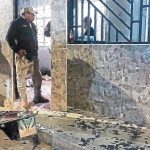September 23, 2024, 1:01 PM
September 23, 2024, 1:01 PM
A new study, in which researchers from several countries have participated, has confirmed that the origin of SARS-CoV-2 coronavirus, responsible for the COVID-19 pandemic, is located in the Huanan fish marketin the Chinese district of Wuhan (Hubei province).
This has been confirmed by scientists from several countries, coordinated by the French National Centre for Scientific Research (CNRS) and the University of Arizona (United States), and the results of this collaborative work have been published in the scientific journal Cell.
The work provides a list of the wildlife species present in the market from which SARS-CoV-2, the virus responsible for the COVID-19 pandemic, most likely emerged at the end of 2019, reports the extract provided to the journal by the research centers.
The study is based on a new analysis of data published by the Chinese Center for Disease Control and Prevention (CDC), data that comes from more than 800 samples collected in and around the Huanan Seafood Wholesale Market from January 1, 2020, and from viral genomes reported from the first COVID patients.
The most important volume of data collected
Researchers say it is one of the largest data sets yet on the origins of the pandemic, and the new findings support the idea that infected animals were introduced to the market in mid- to late November 2019, triggering the pandemic.
On January 1, 2020, after the animals were removed and just hours after the market was closed, investigators from the Chinese CDC went to the market to collect samples.
They took samples from the floor, walls and other surfaces of the stalls, returning days later to focus on surfaces at the stalls selling wild animals, such as a cage and carts used to transport the animals, and also collected samples from drains and sewers.
The Chinese team carried out sequencing of the samples to obtain all the RNA sequences (which can also capture DNA) of all the organisms present in the samples: viruses, bacteria, plants, animals and humans.
The CDC researchers published their data and results in 2023 in the journal Nature, but have now noted in Cell that that paper left unresolved the exact identities of the animal species found in the data that could represent plausible intermediate hosts, although those sequencing data remained in public, open repositories.
Virus in “raccoon dogs” and “civet cats”
According to the latest analysis of this data, the SARS-CoV-2 virus was present in some of the same stalls as wild animals sold at the market, including “raccoon dogs” (small fox-like animals with raccoon-like markings) and “civet cats” (small carnivorous mammals related to mongooses and hyenas).
In some cases, genetic material from the SARS-CoV-2 virus and these animals was even found in the same swabs.
Many of the key animal species had been wiped out before the Chinese research teams arrived, according to the Cell paper, so there is no direct evidence that the animals were infected.
These are the same types of animals that facilitated the spread of the SARS coronavirus to humans in 2002, say the researchers, who have warned that this is the riskiest thing one can do: “catching wild animals full of viruses and then playing with fire by putting them in contact with human beings who live in the heart of large cities, whose population density facilitates the rooting of these viruses.”
Threats to global health and security
The new study found a short list of animal species from the wildlife market found in or near the viral samples that could represent the most likely intermediate hosts for SARS-CoV-2.
This includes the “common raccoon dog,” a species susceptible to SARS-CoV-2 and which carried SARS-CoV in 2003, and which was found to be the most genetically abundant animal in samples from wild animal stalls at the market.
At one site, genetic material from the coronavirus was also found in “palm civets,” which were also associated with the previous SARS-CoV outbreak; and other species, such as the “bamboo rat” and Malayan porcupines, were also found in samples positive for SARS-CoV-2, as well as in “a multitude of other species.”
Researchers have stressed the importance of understanding the origins of the COVID-19 pandemic, especially in light of other recent outbreaks, such as the avian influenza virus in livestock in the United States.
















